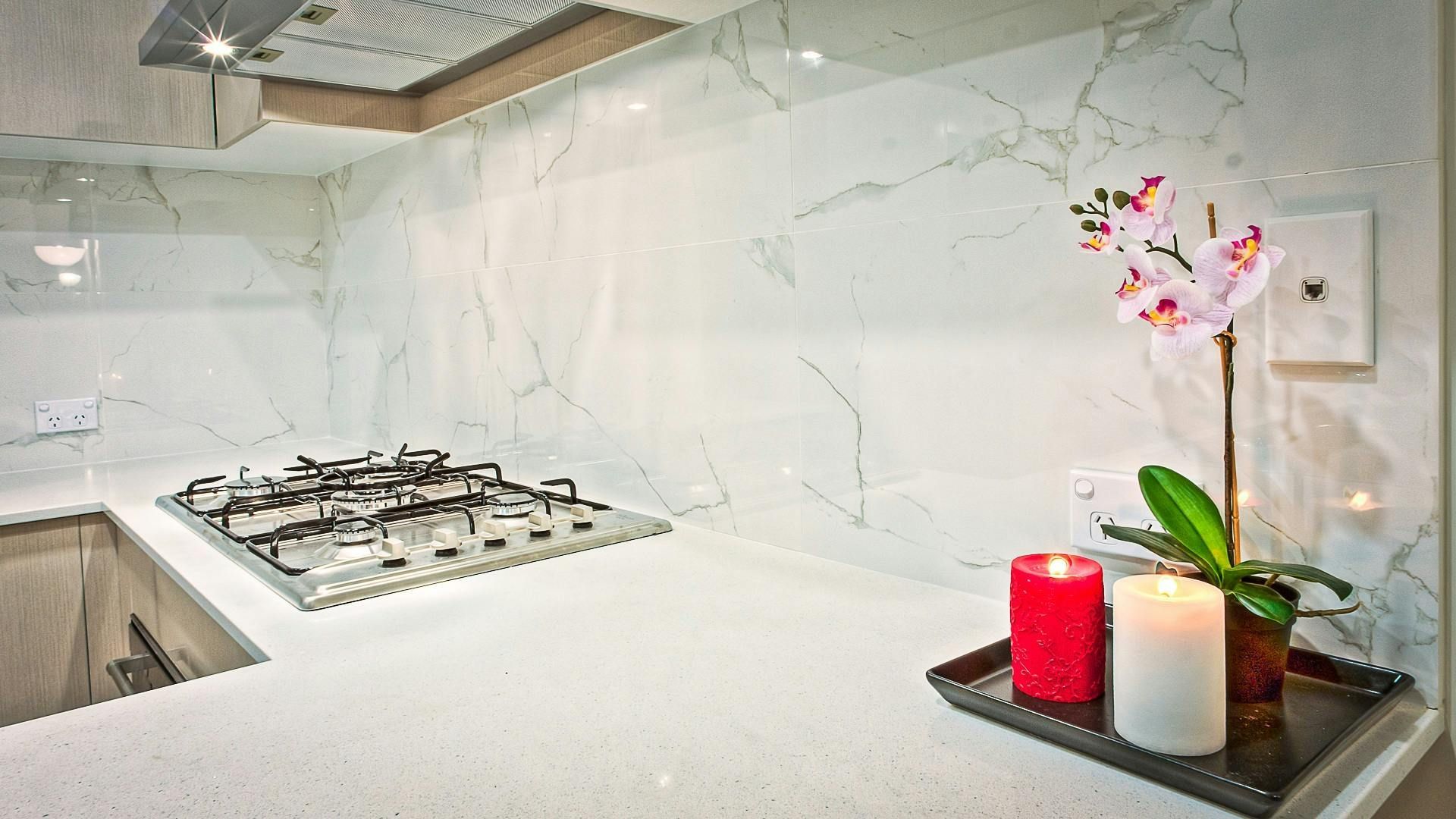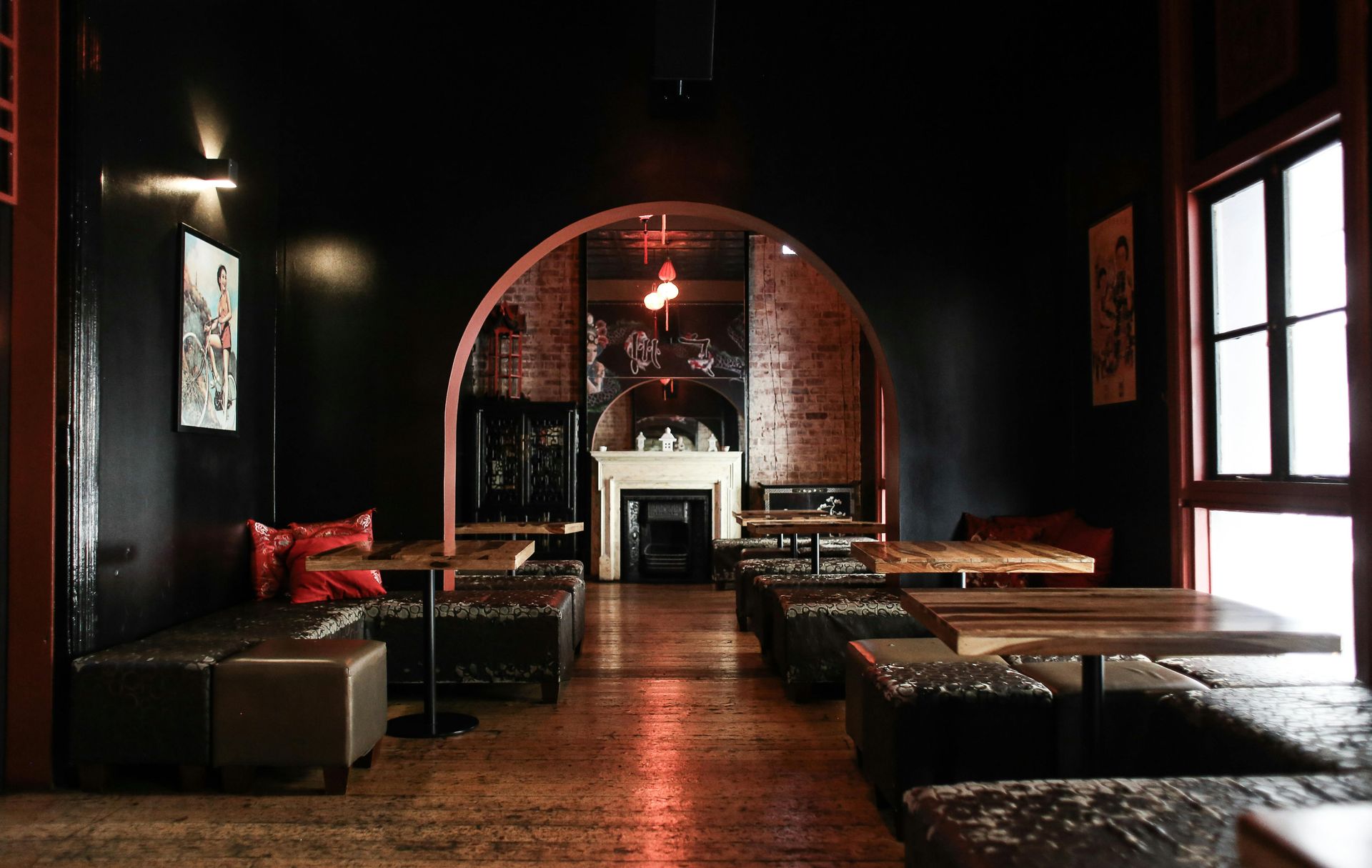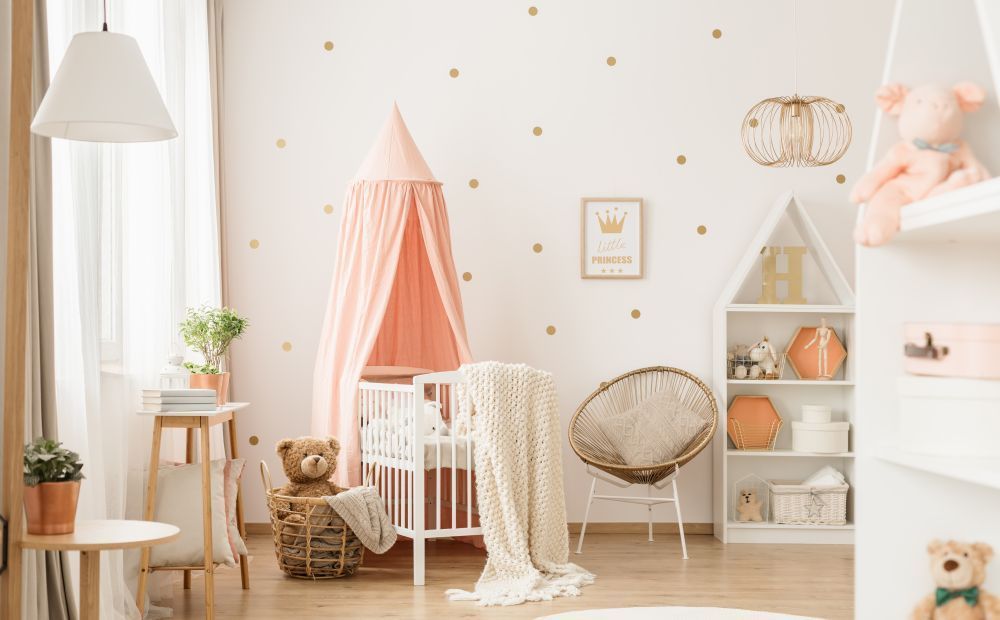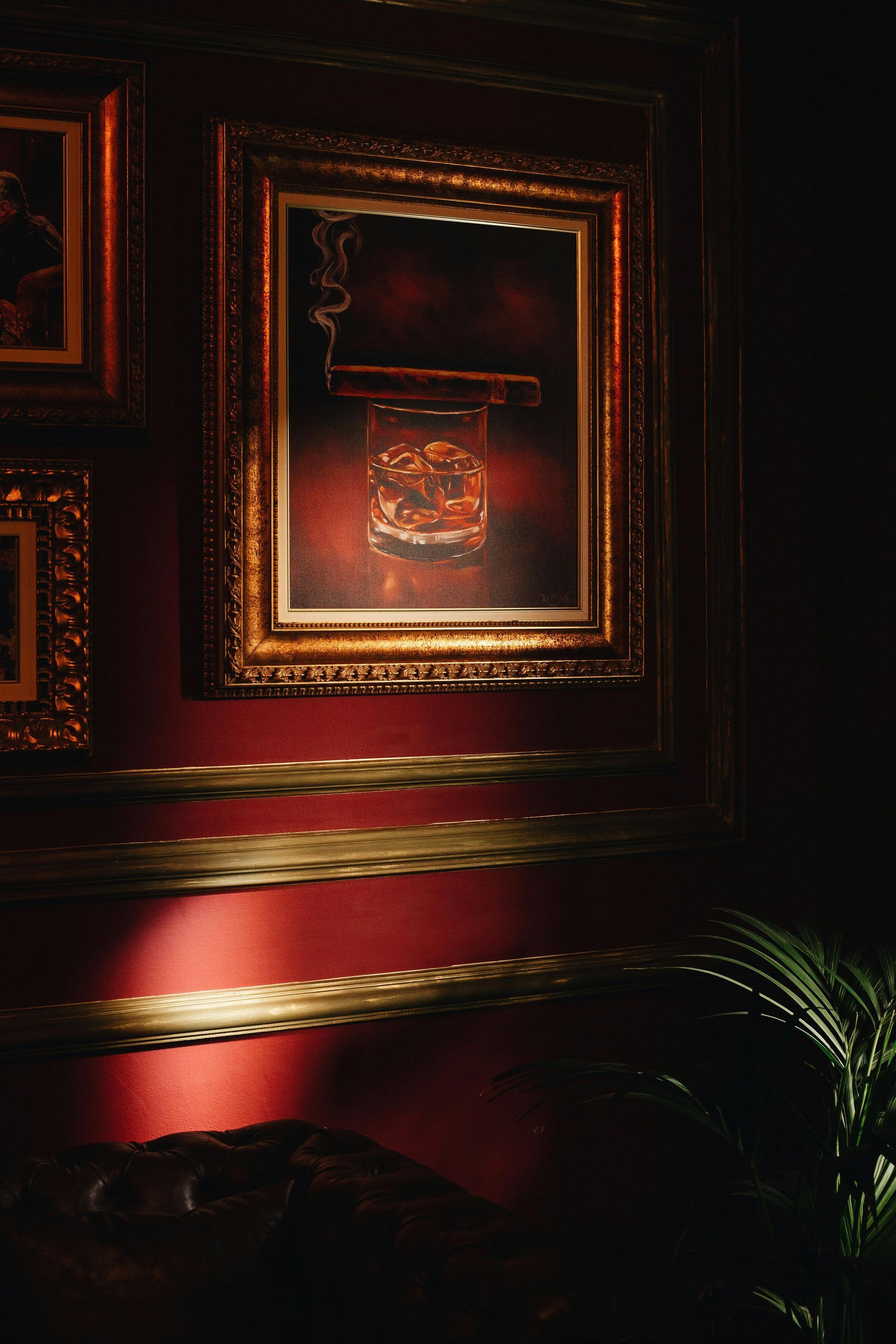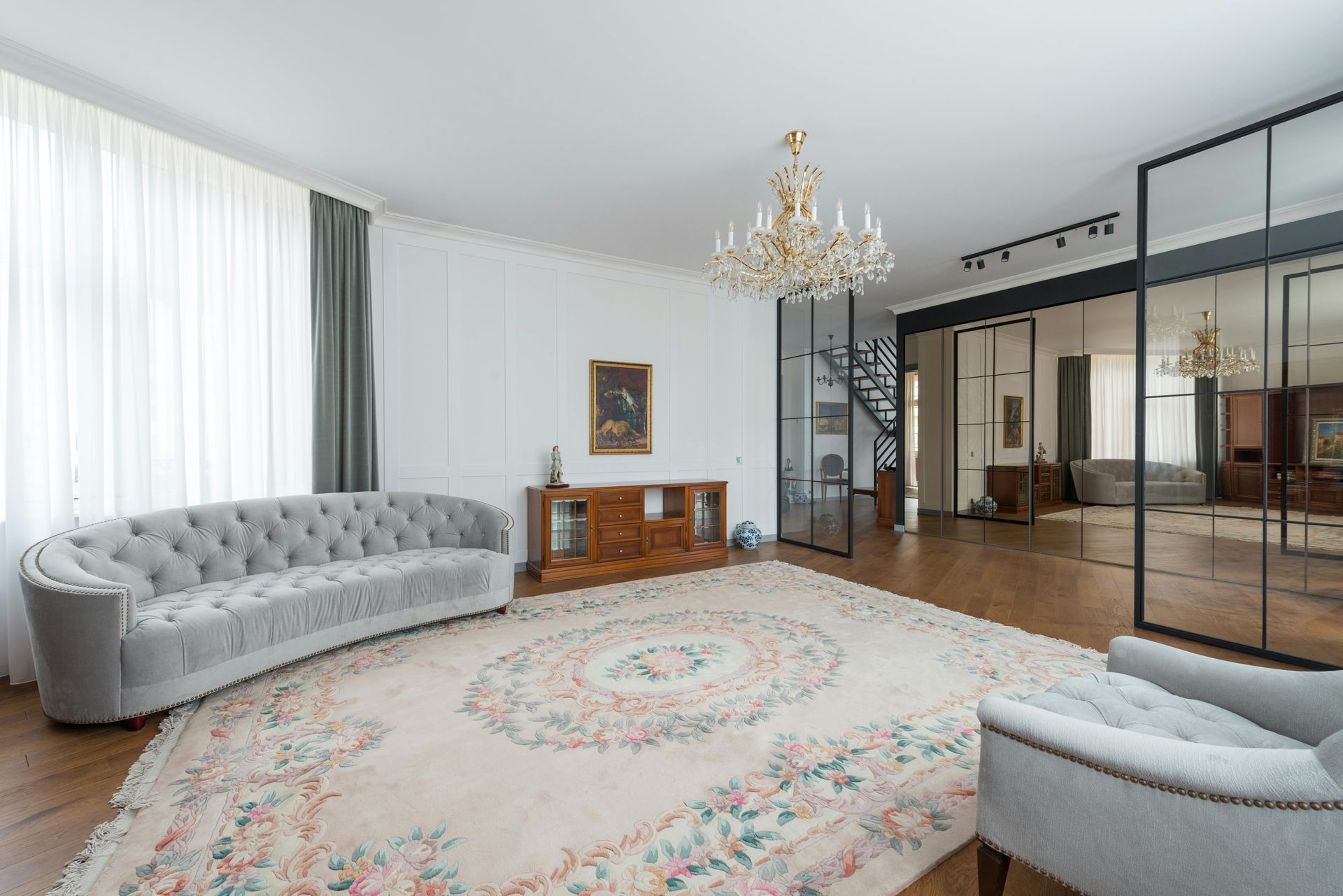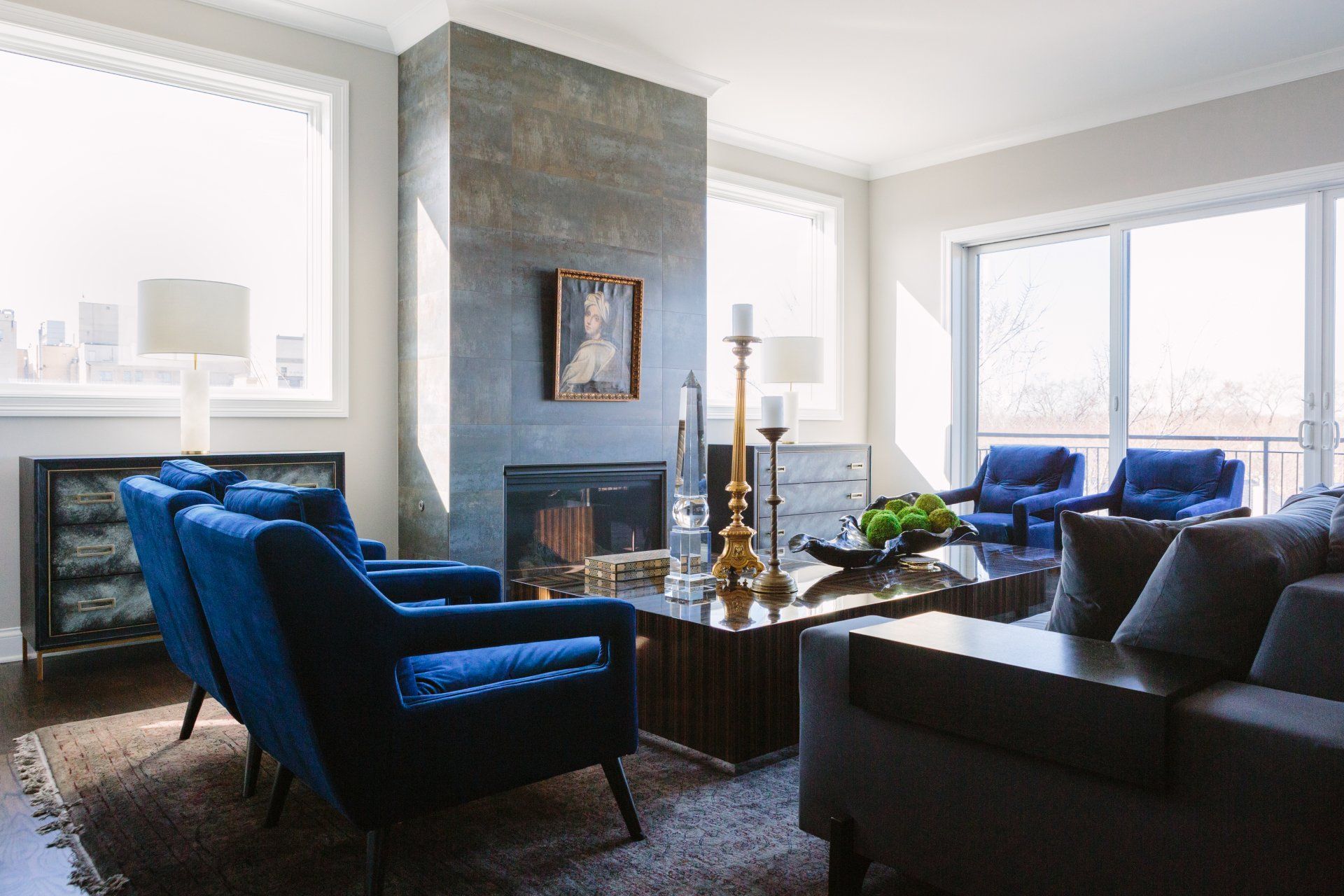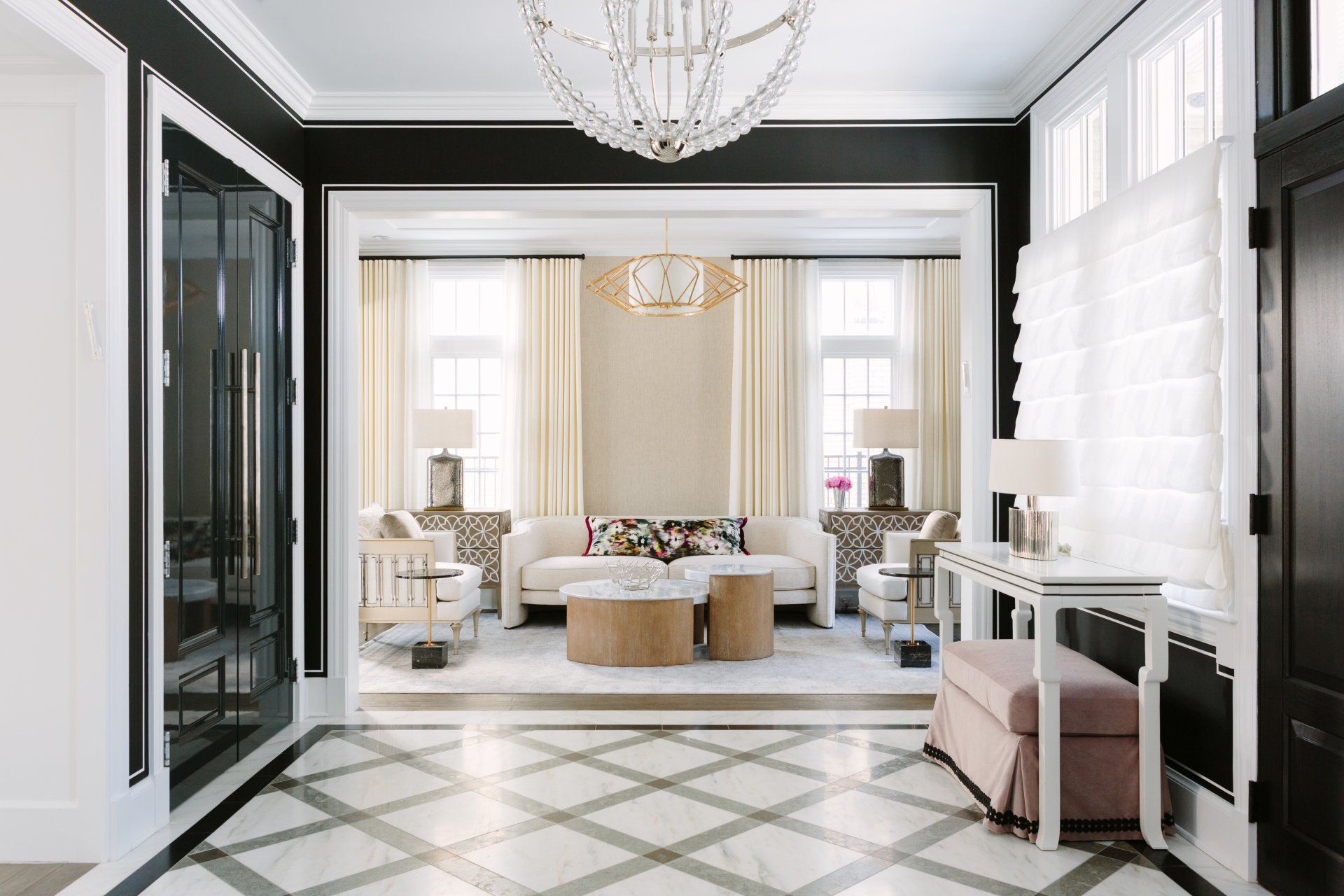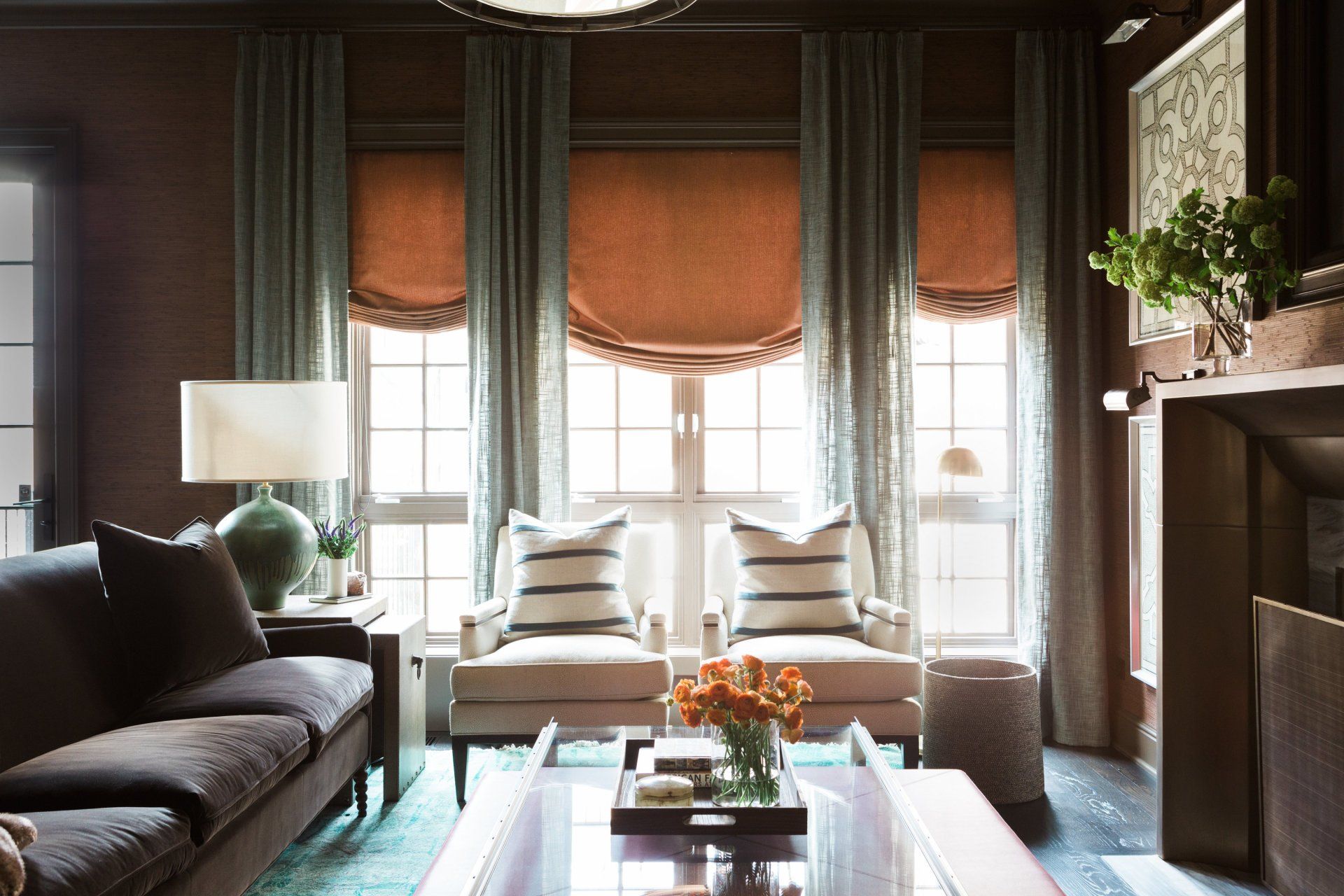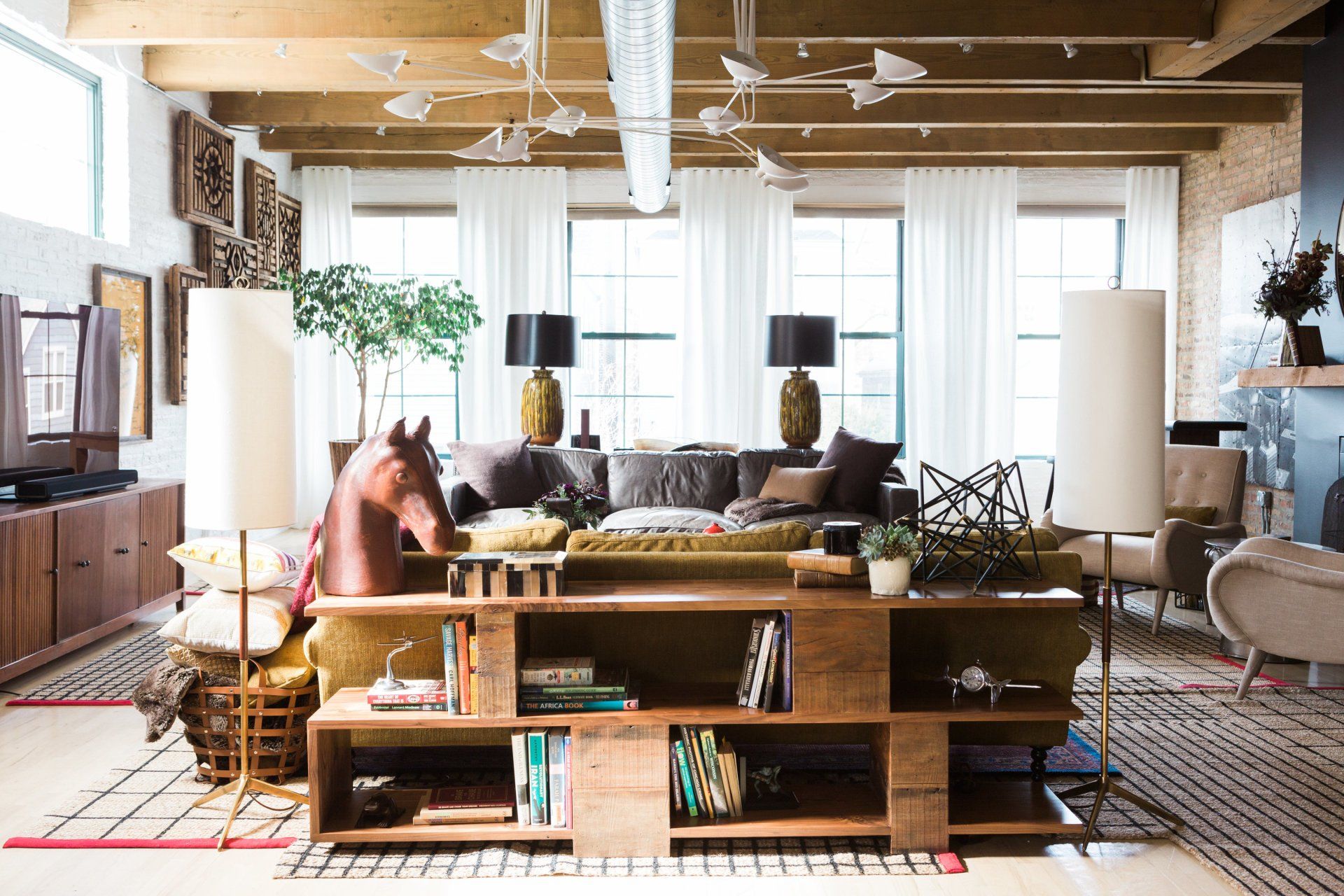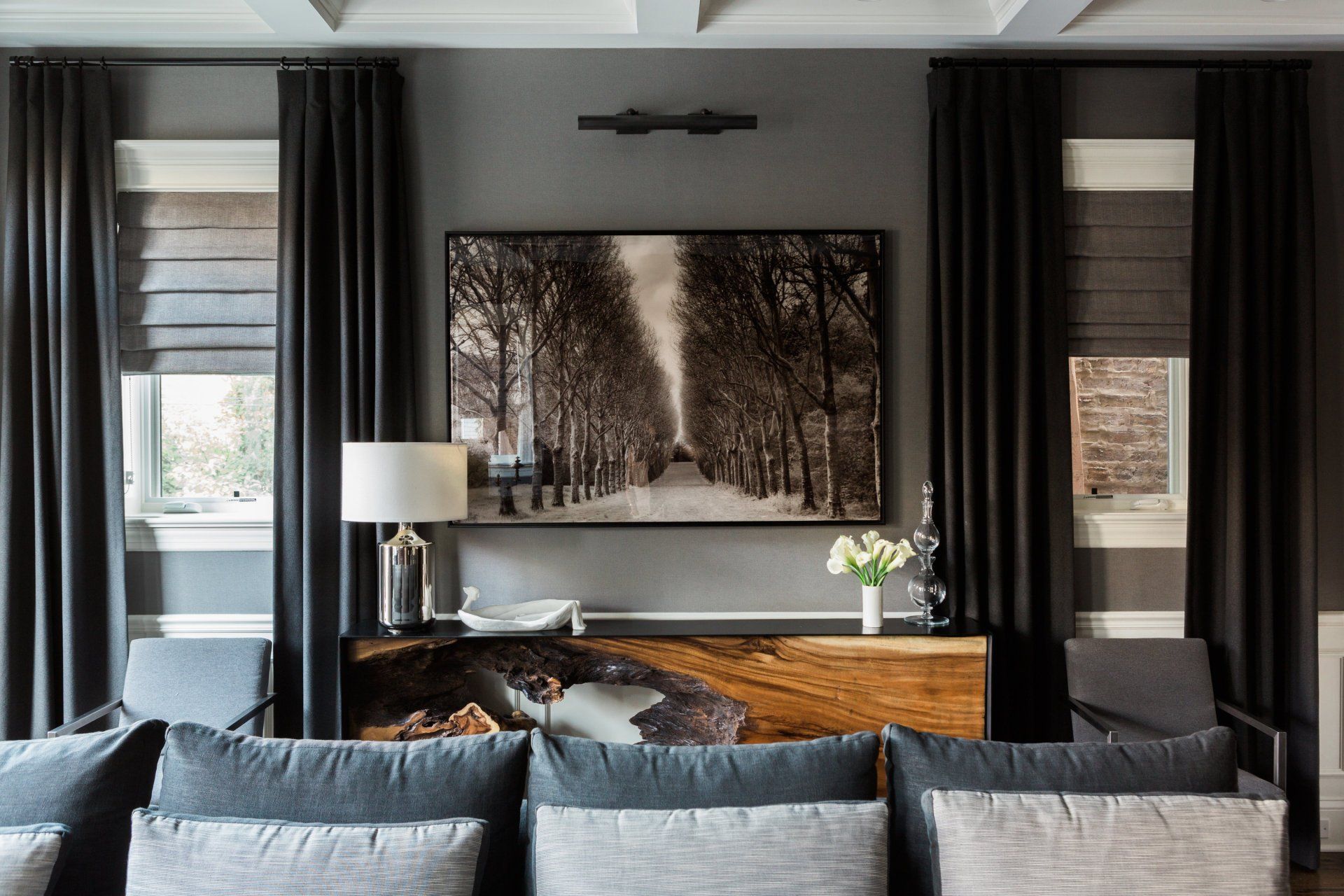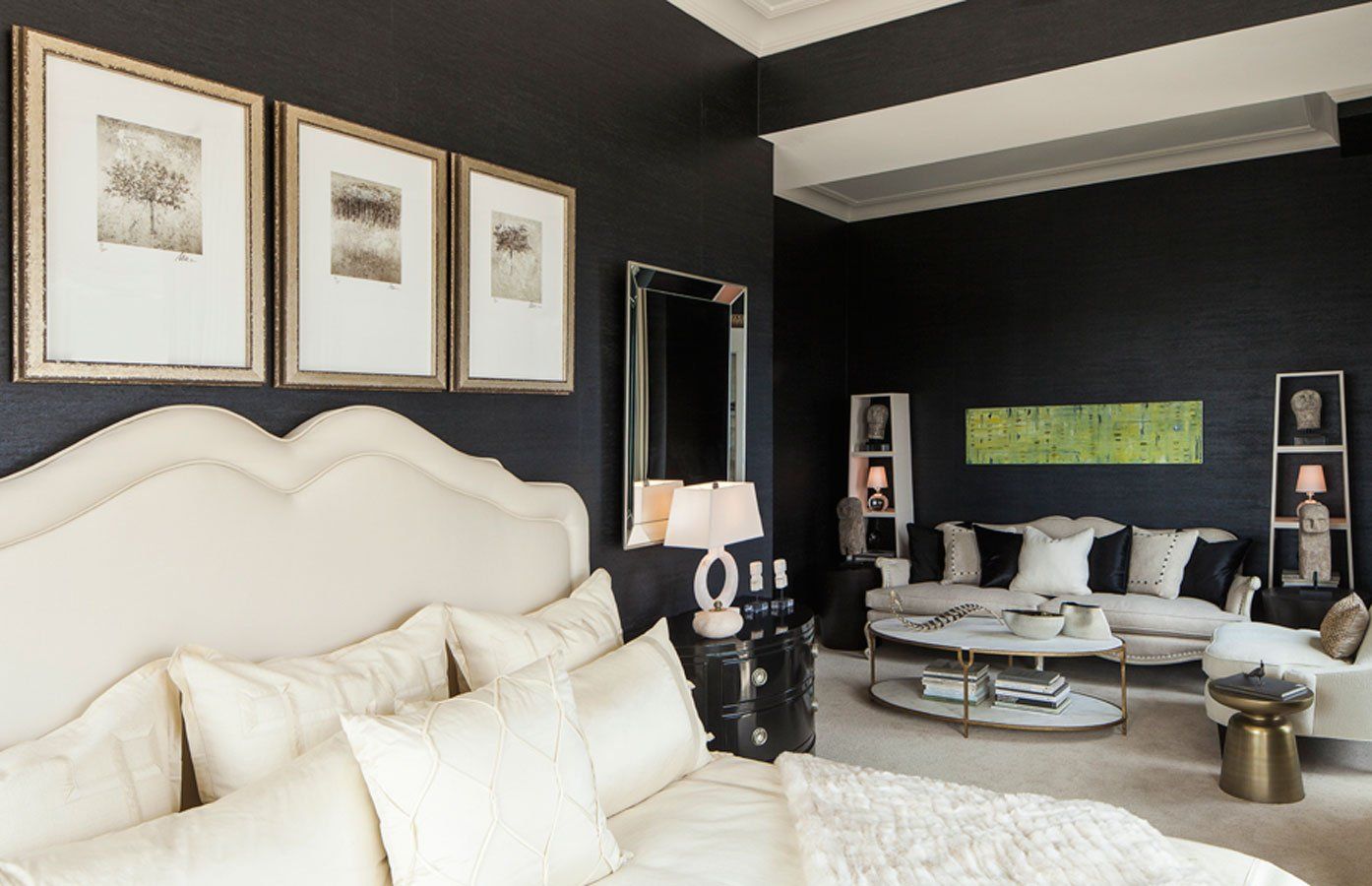Interior Design Mistakes to Avoid: Common Pitfalls and How to Fix Them
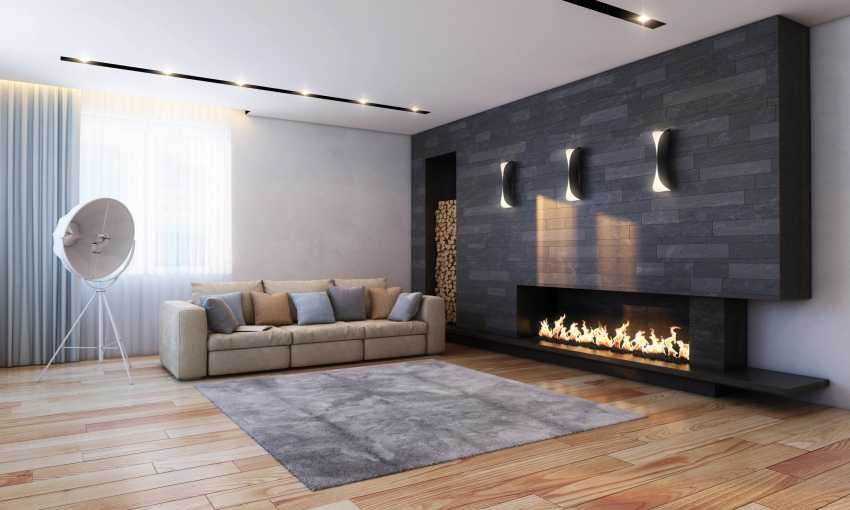
Creating a space that's both aesthetically pleasing and functional is an art form. However, even the most seasoned design enthusiasts can make interior design mistakes. Understanding common design pitfalls is crucial to achieving your dream home. In this blog post, we'll delve into the nuances behind fixing design errors and provide practical solutions to transform your space.
Common Design Pitfalls
Let's start by identifying some of the most prevalent interior design mistakes. These are often subtle yet impactful errors that can significantly affect the overall look and feel of your space.
Ignoring the Scale and Proportion
One of the most common interior design mistakes is disregarding the scale and proportion of furniture and decor. Oversized furniture in a small room can make it feel cramped, while undersized pieces can appear lost.
Solution: Measure your space accurately before purchasing furniture. Consider the room's proportions and choose pieces that complement the scale.
Neglecting Lighting
Lighting is often an overlooked aspect of interior design. Inadequate or poorly placed lighting can create a dull and uninviting atmosphere.
Solution: Incorporate a mix of ambient, task, and accent lighting. Layer different light sources to create depth and dimension. Consider using dimmer switches to adjust the mood according to your needs.
Overcrowding the Space
Clutter can make a room feel smaller and more chaotic. Overloading a space with too much furniture or decor can create a cluttered and overwhelming look.
Solution: Declutter regularly and focus on quality over quantity. Choose multifunctional furniture and storage solutions to maximize space efficiency.
Ignoring the Focal Point
Every room needs a focal point to draw the eye. Without a clear focal point, the space can feel unbalanced and uninteresting.
Solution: Identify the focal point of the room and design the space around it. Use color, texture, or size to emphasize the focal point.Disregarding Functionality
A beautifully designed space is great, but it should also be functional. Prioritize practicality when making design choices.
Solution: Consider the intended use of each room and choose furniture and decor that supports its function. For example, a comfortable seating arrangement is essential for a living room.
Fixing Design Errors
Gunita Kuļikovska – Ķiesnere, a prominent architect and tech entrepreneur, discovered through interviews with global architects at the Venice Biennale that significant design changes are often demanded by clients late in the construction process or even post-completion. This, she emphasizes, is a major setback for architects and can be prevented through meticulous planning and efficient project management.
Now that you're aware of some common interior design mistakes, let's discuss how to rectify them.
Create a Cohesive Color Palette
Begin by choosing a base color that sets the tone for the room. This could be a neutral shade or a bolder hue depending on the desired ambiance. Once you have established your base color, introduce accent colors to add depth, contrast, and visual interest. These accent colors can be used on walls, furniture, decor, or textiles. By carefully selecting and combining colors, you can create a color scheme that is both pleasing to the eye and reflective of your personal style.
Add Texture and Pattern
Consider mixing soft fabrics like velvet or linen with harder surfaces like wood or metal. Patterns can also be used to add visual interest and personality. Experiment with different patterns, such as geometric, floral, or abstract, to create a space that reflects your style. However, it's important to strike a balance and avoid overwhelming the room with too many patterns.
Incorporate Personal Touches
A home should be a reflection of your personality and interests. Incorporating personal touches is essential for creating a space that feels warm, inviting, and truly yours. Display artwork, photographs, and mementos that hold sentimental value. Add unique decorative items that reflect your hobbies or passions. These personal touches will infuse your home with character and create a space that is uniquely yours.
Seek Professional Help
If you're struggling with your interior design, consider consulting a professional. An interior designer can provide expert guidance and help you create your dream space.
Conclusion
By understanding and avoiding these common interior design mistakes, you can create a space that is both aesthetically pleasing and functional. The key to successful interior design is careful planning, attention to detail, and a touch of personal style. With a little effort and knowledge, you can transform your home into a haven that reflects your unique taste and personality.
Unlock top designers' secrets to creating luxury interiors.
Frequently Asked Questions (FAQs)
What is the most common interior design mistake?
One of the most frequent errors in interior design is overlooking the power of lighting. Proper illumination can dramatically transform a space, enhancing its atmosphere and functionality. Conversely, inadequate lighting can create a dull and uninviting environment.
How do I create a focal point in a room?
A focal point is essential for a visually appealing room. It draws the eye and provides a sense of balance. Choose a standout element, such as a piece of art, a fireplace, or a statement piece of furniture, as the centerpiece. Arrange the rest of the room to complement and enhance this focal point.
How do I avoid overcrowding a room?
Clutter can make a space feel smaller and more chaotic. To prevent overcrowding, declutter regularly and prioritize quality over quantity. Consider investing in multifunctional furniture that serves multiple purposes and helps maximize space efficiency.
Should I follow interior design trends?
While interior design trends can be inspiring, it's essential to prioritize your personal style. Incorporate trendy elements that resonate with you, but focus on creating a space that reflects your taste and personality. Investing in timeless pieces will ensure your design endures.
How can I make a small room feel bigger?
To create the illusion of a larger space in a small room, utilize light colors, mirrors, and minimal furniture. Light colors reflect light, making the room appear more open. Mirrors can visually expand the space. By carefully selecting furniture and avoiding clutter, you can maximize the room's potential.
